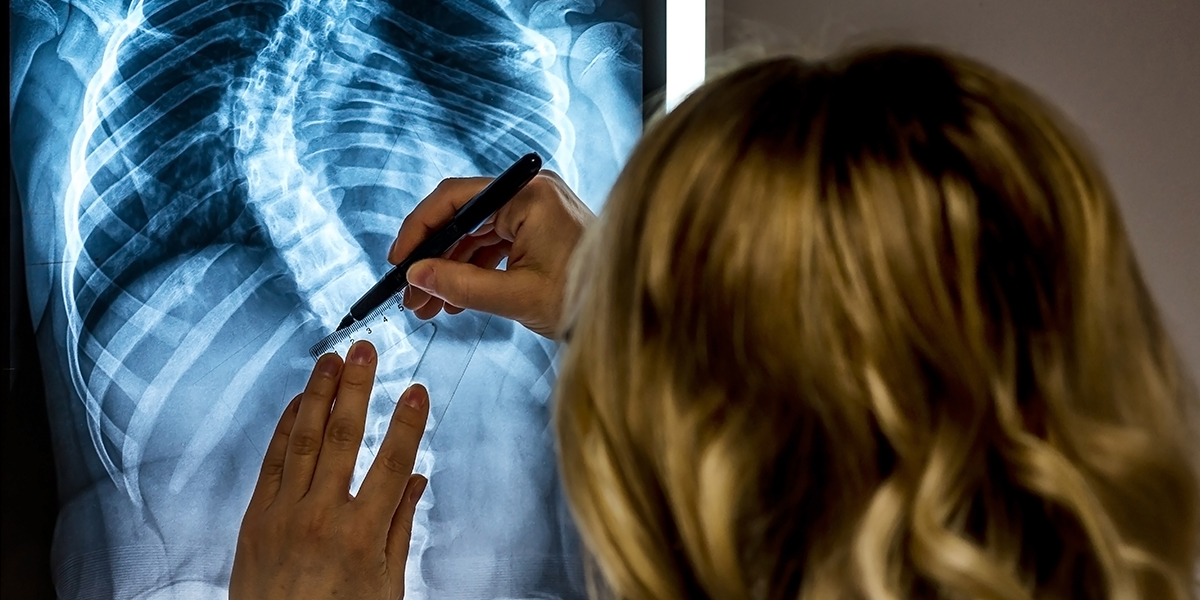Vertebral Body Tethering and ApiFix Scoliosis Treatments Offered at Hackensack University Medical Center
New curve correction techniques provide greater mobility and other advantages over traditional spinal fusion in certain patient groups

Spinal fusion, the long-standing gold standard treatment for severe scoliosis, while successful has drawbacks. Limited range of motion and potential strain placed on other joints, in young patients with a long, active life ahead. New treatments, including vertebral body tethering (VBT) and ApiFix, offer mobility advantages over spinal fusion, but lack long-range performance data.
VBT, a newer surgical treatment, takes advantage of future spine growth, using anchors and a connecting cord placed on one side of the spine to guide growth over time. Thus, it’s a treatment best suited to younger children. Curve correction is achieved gradually as the spine grows. The most significant advantage VBT offers over spinal fusion is greater mobility than spinal fusion.
If the overall correction goal is cosmetic, such as addressing rib protrusion, VBT is not the recommended course. And, VBT is still relatively new, so long-term data is not yet available, whereas fusion has been in practice with successful outcomes for half a century—an important validation factor for patients who have decades of life ahead.
In certain patient groups and curvature situations, fusion is still the better option. Scoliosis is a 3D deformity, and VBT is a single-curve solution. If a patient has two or three curves in need of correction, VBT is not a viable option.
“Fusion might be a good option for an older child with less growth curvature potential,” said Amit Merchant, D.O., pediatric orthopedic surgeon with Joseph M. Sanzari Children’s Hospital at Hackensack University Medical Center. “The pros of fusion are that it is able to correct three planes of curve and the type of curve that cause ribs to protrude. It can recreate a missing arch in the back.”
Another new treatment, recently approved for use at Hackensack University Medical Center, ApiFix, corrects the curve without actually fusing the spine and helps preserve motion. Instead of a static rod, as used in fusion, ApiFix relies on polyaxial joints and a self-adjusting rod, which allows a greater degree of spine motion. The implantation procedure is technically similar to fusion, though less invasive. Like VBT, ApiFix lacks long-term outcomes data.
Learn more about innovative orthopedic care at Hackensack University Medical Center.
